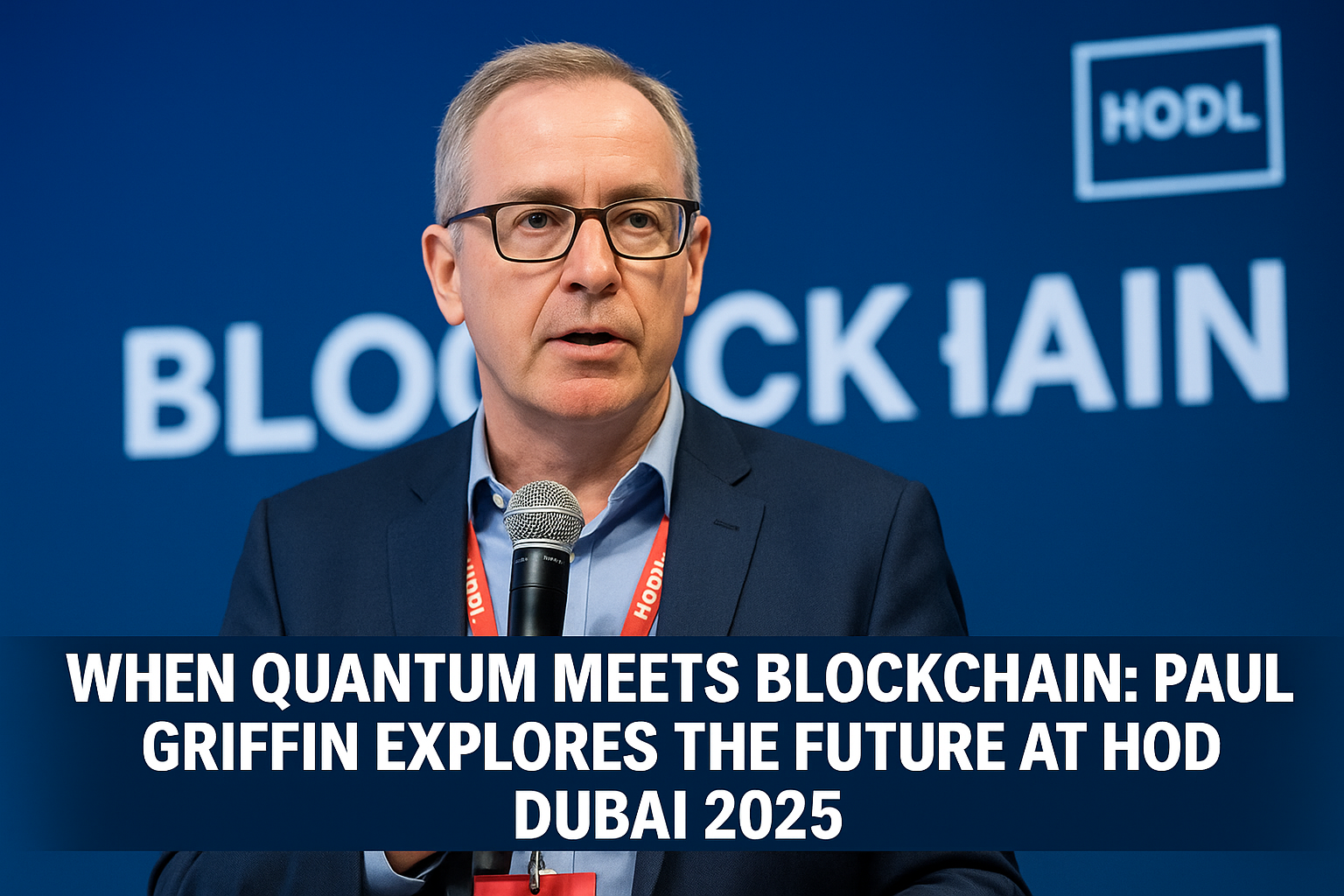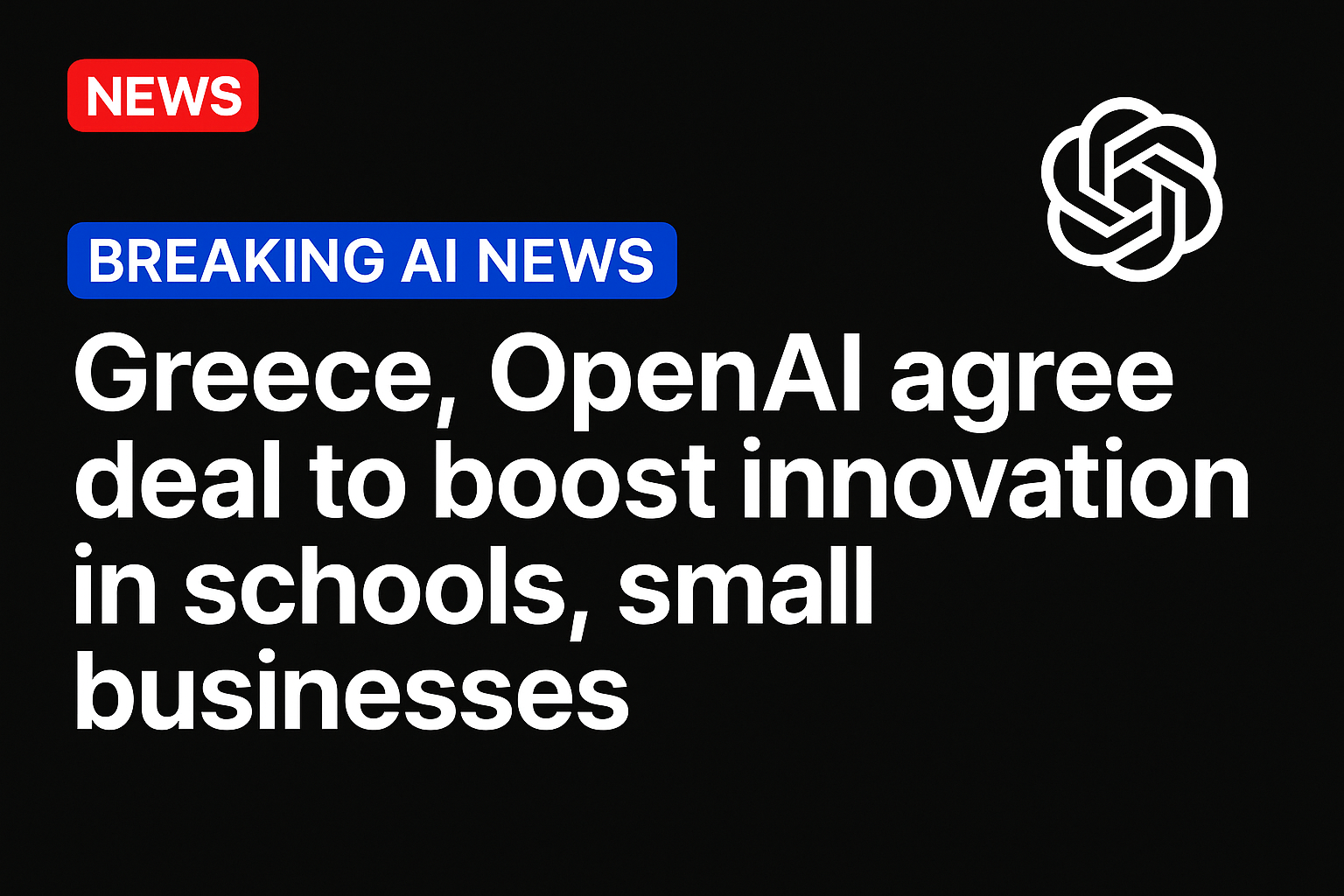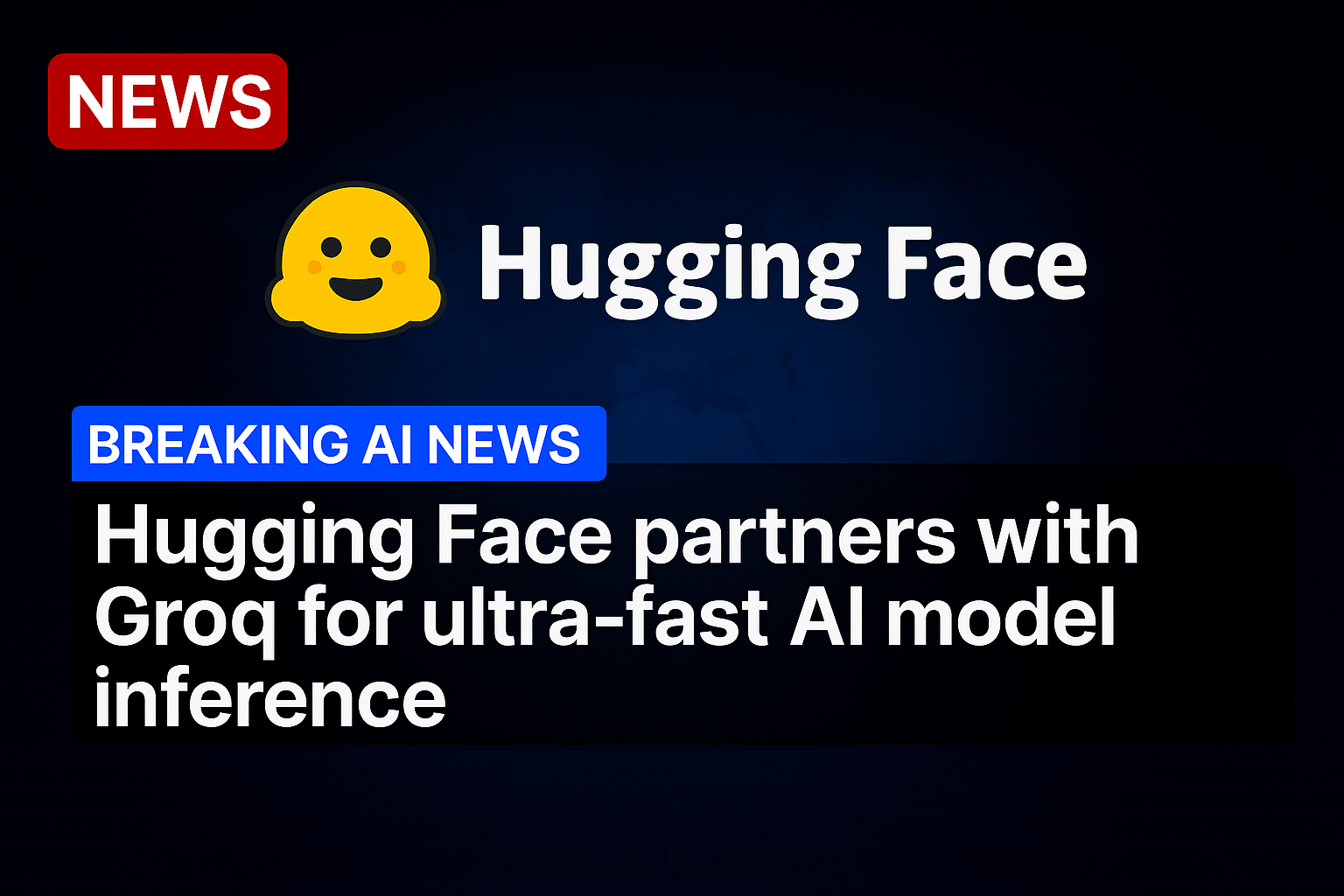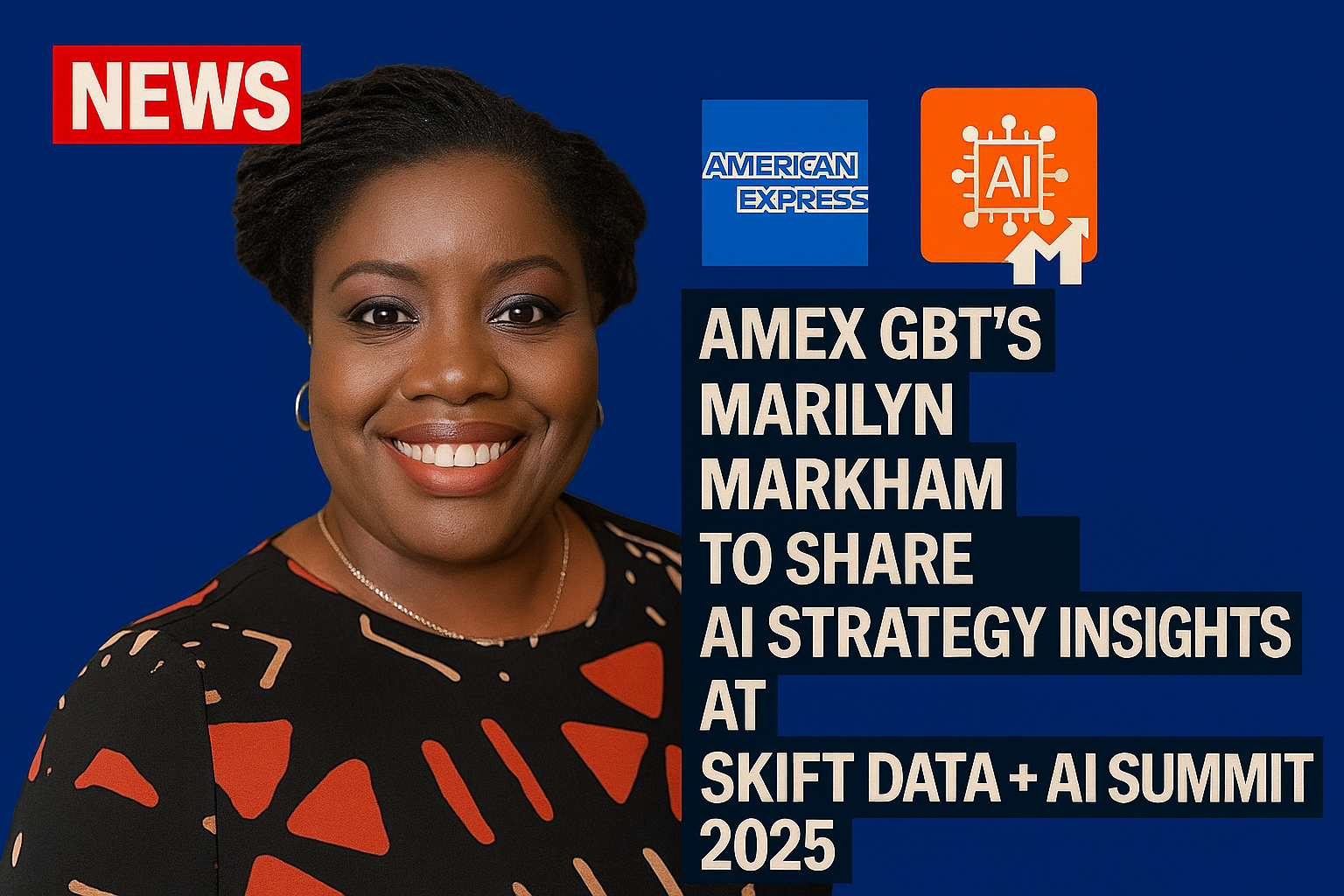At HODL 2025 in Dubai, where the brightest minds in Web3 and emerging technologies gather to shape the future, a keynote of extraordinary depth and foresight took center stage. Delivered by Paul Griffin, Associate Professor at Singapore Management University, the session titled “Quantum Meets Blockchain: Foundations, Threats and the Future” captivated a packed audience with its deep dive into the intersection of quantum computing and blockchain technology.
This wasn’t just a talk about theory—it was a wake-up call on how quantum advances could reshape, challenge, and ultimately evolve the entire blockchain ecosystem.
Quantum Computing: A Double-Edged Sword for Blockchain
Griffin opened the keynote by demystifying quantum computing, a field once confined to sci-fi that is now rapidly becoming reality. With the capability to process information at exponentially higher speeds than classical computers, quantum machines hold the power to solve complex mathematical problems once thought impossible.
But that power, as Griffin warned, comes with serious consequences for blockchain.
“The same quantum capabilities that make breakthroughs in science and medicine possible,” he explained, “can also be used to break encryption models that secure blockchain networks today.”
In particular, elliptic curve cryptography (ECC)—the foundation of most blockchain-based security systems—is highly vulnerable to quantum attacks, especially from algorithms like Shor’s algorithm, which can theoretically crack private keys in minutes.
The Threat: Blockchain’s Post-Quantum Security Crisis
Griffin did not sugarcoat the urgency. Once quantum computing reaches maturity, it poses a direct existential threat to blockchain security as we know it.
- Private key exposure could render wallets vulnerable
- Transaction signatures could be forged
- Blockchain immutability could be compromised
These scenarios are not far-fetched; they are technically feasible within the next decade. This looming threat underscores the need for post-quantum cryptography—new encryption methods that can resist quantum-level attacks.
“We must future-proof the decentralized infrastructure before quantum breakthroughs make today’s networks obsolete,” Griffin stated.
The Future: Convergence or Collision?
Despite the challenges, Griffin also offered an optimistic roadmap. The same quantum technologies that threaten blockchain could also enhance it:
- Quantum randomness could be used to build ultra-secure consensus mechanisms
- Quantum communication may enable new models for decentralized trust and coordination
- Quantum-enhanced algorithms could revolutionize blockchain scalability and data processing
He described a future in which quantum and blockchain co-evolve, with blockchain adopting quantum-resilient protocols and quantum computing serving as a foundation for next-generation decentralized systems.
Dubai’s Role in the Quantum-Blockchain Conversation
Delivering this keynote at HODL Dubai 2025 was no accident. The UAE is actively investing in both quantum research and blockchain innovation, with initiatives to make it a global hub for advanced tech experimentation.
By hosting such forward-thinking dialogues, HODL Dubai cements its position not just as a tech conference, but as a global catalyst for digital transformation.
Conclusion: A Call to Prepare, Not Panic
Paul Griffin’s keynote left attendees with a powerful message: the convergence of quantum computing and blockchain is not a question of “if” but “when.” And when it happens, it will reshape the technological landscape as profoundly as the internet once did.
The time to prepare is now—by researching, investing in post-quantum security, and reimagining blockchain’s foundations for a quantum-enabled future.
#HODL2025 #HODLDubai #QuantumTech #BlockchainSecurity #Web3Future #HODLKeynote





